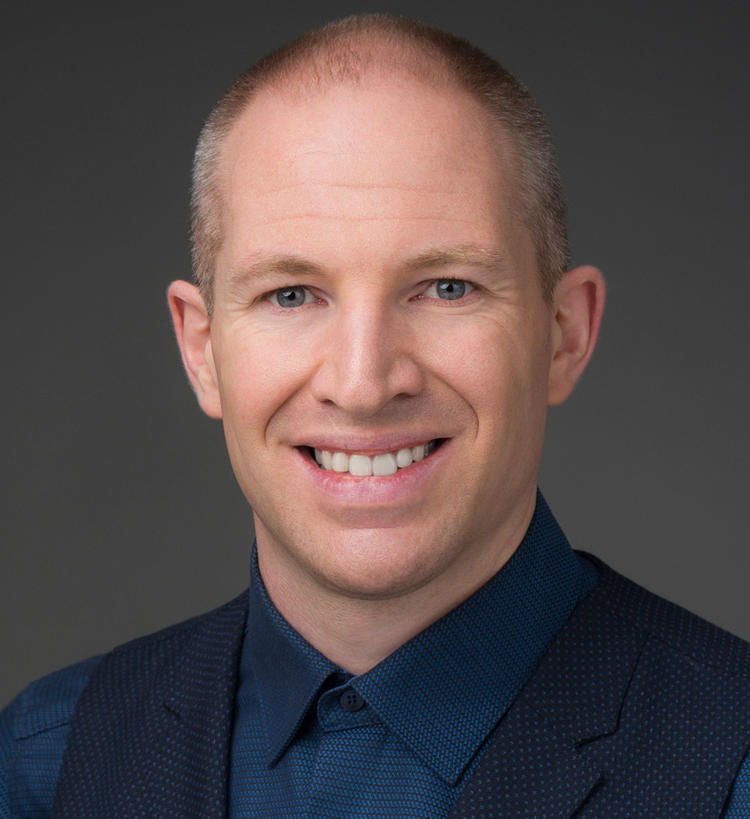
About
Dr. Florian Effenberg is a staff research physicist at the Princeton Plasma Physics Laboratory (PPPL) in Princeton, NJ, USA. His research areas are nuclear fusion, plasma physics, 3D divertor physics, and plasma-surface interactions. He received his PhD in Nuclear Engineering and Engineering Physics from the University of Wisconsin-Madison. During his PhD and Postdoc, he led experiments with impurity seeding during the first limiter and island divertor campaigns at the Wendelstein 7-X (W7-X) stellarator in Greifswald, Germany. Dr. Effenberg's current research interests at PPPL are focused on plasma-material interaction and core-edge integration studies involving real-time injection of low-recycling materials on the DIII-D tokamak in San Diego, CA.
Research Interests
The primary focus of Dr. Florian Effenberg is the study of plasma-material interactions and their impact on plasma performance. Specifically, Dr. Effenberg investigates the effects of low-Z powder and small granule injection on plasma-material interactions, such as wall conditioning, divertor power exhaust, and plasma performance. He is also interested in studying 3D effects in both intrinsic 3D configurations and axisymmetric configurations with 3D fields. To this end, he is an expert in plasma fluid and kinetic edge transport modeling, utilizing the EMC3-EIRENE code and dust transport models to conduct high-performance computer simulations.
Dr. Effenberg's work extends to a wide range of topics in plasma physics, including impurity transport and line radiation in the 3D plasma edge, plasma-surface interactions, and 3D divertor physics. He is particularly interested in studying the 3D scrape-off layer geometry in tokamaks and stellarators. In addition, Dr. Effenberg is leading experiments at DIII-D on plasma edge transport and plasma-material interactions. He models the effects of these phenomena using high-performance computing simulations.
Beyond his research, Dr. Effenberg is committed to advancing the development of fusion applications and supporting private fusion companies. He recognizes the importance of private-public partnerships in this field and seeks to bridge the gap between fundamental plasma physics research and practical applications in fusion energy.
